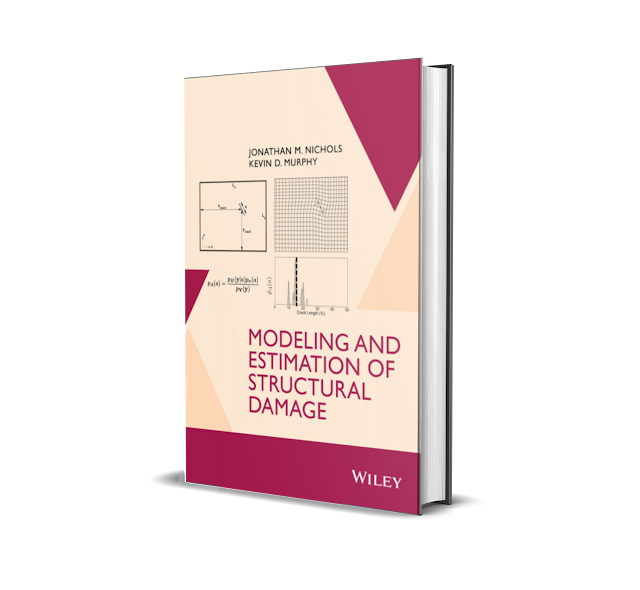Download MODELING AND ESTIMATION OF STRUCTURAL DAMAGE Easily In PDF Format For Free.
PREFACE:
This book is intended as a guide to solving the type of modeling and estimation problems associated with the physics of structural damage. These two topics (modeling and estimation) are intimately related, such that a discussion of one is at least partially incomplete without the other.
The job of the model is to understand and predict behavior, in this case the observed behavior of a damaged structure. This model includes both deterministic (physics-driven) and stochastic components (e.g., measurement error). The parameters that describe the model, including damage, are typically unknownaprioriand must be estimated from observed data.
This book provides the readers with both the modeling tools needed to describe structural damage and the estimation tools needed to identify the damage parameters associated with those models. More general discussions of both structural modeling and estimation theory can be found separately in other places.
However, we have found that the modeling and estimation problems that arise in structural damage identification differ sufficiently from those found elsewhere to deserve separate treatment. We have also found that an integrated treatment of these topics is lacking in a single source.
Therefore, it is the goal of this book to serve as that single source. That being said, much of the material presented generalizes to other types of modeling and estimation problems faced by researchers in structural dynamics.
Readers interested in these more general problems will hopefully also find this a useful guide. The material that follows was developed over a number of years and was influenced by the thinking of a number of talented individuals.
Several of these individuals we feel deserve special mention for both their intellectual contributions and their friendship. First, we thank Dr. James D. Nichols (Jon’s father), a Senior Scientist with the U.S. Geological Survey.
His contributions to this work were both technical (see chapter on decision theory in particular) and philosophical. Over the past two decades, we have spent much time (over many beers) discussing efficient ways to conduct science.
His strong advocacy for model-based, hypothesis-driven science can be seen in every chapter and, to a large extent, sets the tone for the entire book.
Proponents of the “data-driven” world-view would be well served to have a pint or two discussing this topic with Jim. We also thank PierGiovanni Marzocca of Clarkson University.
Jon was fortunate enough to work with “Pier” during two summers at the U.S. Naval Research Laboratory (NRL). In addition to being a good collaborator, Pier was the driving force behind much of the Volterra series modeling which appears in several places in this book. Gustavo Rhode of Carnegie Mellon also deserves mention.
Gustavo’s attention to detail and technical brilliance in the theory of random processes taught us a great deal on how to think about, and write about, this challenging subject. In the same subject area, Frank Bucholtz of NRL also deserves mention for his willingness to host “white board” discussions on probability and statistics.
Frank has the rare ability to drill down into the details of a problem, no matter how seemingly trivial the topic might be, to the point where you either become an expert or leave his office convinced you understand nothing whatsoever.
We also owe a large debt of gratitude to Ned Moore (Kevin’s former Ph.D. student), now of Central Connecticut State University. Ned was tasked with the practical implementation of many of the system identification techniques described in this book. Chapter 9 would certainly not have existed without his help. In addition, we thank Chris Earls of Cornell University, and his students Chris Stull and Heather Reed, who were behind the bulk of the work on identifying dents in plate structures.
Finally, we would be remiss in not acknowledging Dr. Paul Hess of the Office of Naval Research. For many years now, Paul has been a strong proponent of the model-based view of damage identification.
Certainly, without his support a great deal of the material in this book would never have been developed. On a more personal note, the second author thanks the first author, Jon. It was Jon who opened the door to this modeling and estimation world for me; I’m richer for it. In the process, Jon also introduced me to my wife.
So I’m doubly in his debt. And on that note, I also thank my wife Françoise for her unbounded supply of patience and support. Jon would like to thank his wife Susan and two children, Kirstin and Cassidy, for their patience with this project.
Jon would also like to thank his parents, Lois and Jim, for their continued support and advice; this book is dedicated to them.









Comments
Post a Comment